Ultraviolet–Visible (UV-Vis) spectroscopy, a method based on the absorption of UV-Vis radiation (UV 100–400 nm /visible spectrum 400–700 nm), provides information about the electronic structures of unsaturated/conjugated molecules and quantify the element concentrations in a solution or dispersion according to the Beer-Lambert law:
Eλ = lg(I/I0) = ελcd
Eλ = Extinction, I = Intensity of the incident light, I0 = Intensity of the transmitted light, ελ = molar extinction coefficient, c = molar concentration, d = optical path length
Transitions between electronic energy levels can only occur, when the energy level of the electromagnetic wave is equal to the energy required to excite an electron to an energetically higher state. The energy difference required to excite different electronic transitions in different atoms/molecules can be related to structure elements or molecules. The energy of the light transmitted can be detected as the absorbance on a photo detector and converted to a spectrum.
Contact Person
-

Prof. Dr. Sanjay Mathur 430 322b
- Phone
- +49 221 470-4107
-
sanjay.mathur
uni-koeln.de
-
Dirk Pullem 423 322b
- Phone
- +49 221 470-7345
-
dirk.pullem
uni-koeln.de
